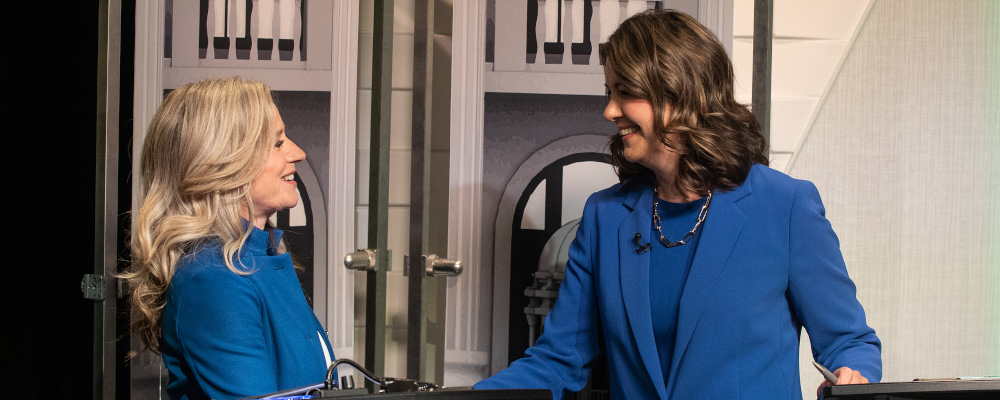It’s been a week since Alberta’s provincial election and so it’s a good time to step back from the immediacy of the results and assess what they might tell us about longer-term trends in Alberta politics.
While the election produced a majority government for the United Conservative Party and Premier Danielle Smith, it was a highly-competitive two-party race rooted in a conventional Left-Right divide. As a result, even with a UCP government, the NDP was still successful in so far as they won nearly half of the popular vote—44 percent—and elected the largest opposition in the province’s history.
Indeed, the results reflect a secular change in Alberta politics. The province has gone from a long-standing tendency towards a one-party politics to a more conventional and competitive two-party politics that reflects the standard Left-Right division that characterizes the shape of political contestation in most other provinces. Alberta exceptionalism, in short, appears to be over.
It’s hard to overstate the extent to which this emergent pattern contrasts with the conventional dynamics of Albertan provincial politics. Alberta has, until now, been characterized as a “one-party dominant” or even “quasi-party” system in which, rather than reflective of a back-and-forth competitive process between two or more parties, governments resemble successive dynasties. This includes, for example, the United Farmers (1921-1935), Social Credit (1935–1971), and Progressive Conservative (1971–2015) tenures in office that saw a transfer of power between parties only four times in nearly 100 years.
This was, to some extent, a creation of the electoral system: the dominant party did not necessarily win a large portion of the popular vote as much as it competed against a very divided and unstable opposition. One academic, for example, found that up to 80 percent of the vote against the incumbent party would drift between parties over the course of multiple elections; that, while an incumbent was able to establish a solid and long-term diffuse basis of support, opposing segments frequently failed to find common cause.
The opposition benches at the Alberta legislature were therefore always weak, as the government exploited divisions to win a disproportionate number of seats. Up until 2015, it was common for upwards of 90 percent of the benches to be occupied by government MLAs.
While most dominant parties could be characterized as centre-right, many of the province’s most successful premiers, like Ernest Manning and Peter Lougheed, eschewed political ideology in favour of more moderate, technocratic administration that featured both incredibly high state expenditures and natural resource development. Ideological contestation, for where it was found, was not characterized by Right versus Left, as much as it was about a cyclical anti-establishmentarian dynamic.
In this unique political context, the premier and his Cabinet tended to be worn down by incumbency and internal pushback from some upstart or neglected faction within his own political constituency rather a rival opposition party. This was most notably seen through the rise of Ralph Klein who, in defeating rival (and future Liberal leader) Nancy MacBeth for the premiership, immediately undid much of the policy legacy of his own party.
This dominant party structure, in retrospect, appears to have started its decline following the departure of Ralph Klein when, following a string of unsuccessful successors in Ed Stelmach and Allision Redford, the PC’s lost their pre-eminence to an insurgent Wildrose and stable NDP. And, while the UCP’s unification and 2019 victory appeared to promise a return, the party and its leaders have been unable to accomplish the same support among the public as their predecessors.
From one perspective, this trend towards stable two-party competition was to be expected. The conventional scholarly wisdom is that majoritarian electoral systems incentivize consolidation among the Left and the Right, meaning that both an established governing party and a fragmented opposition is not supposed to happen.
Thus, most attempts to explain Alberta’s exceptionalism have focused on what makes the province unique. C.B. Macpherson, for example, famously argued in 1953 that Albertan’s predominant economic function and class consciousness as a “quasi-colonial” source of extractive resources for Central Canadian capital did not produce the need for political parties.
Macpherson was criticized for overemphasizing the homogeneity of the province’s population, but his approach survived through the notion of the “Alberta consensus”: that, on the provincial level, Alberta’s reliance on natural resources and disaffection from the federal government formed a common interest or basis of identity that allowed residents to put their personal differences or interest aside.

Historically, for example, Albertans were always among the Canadians most likely to identify with their province or local community above Canada. Their rates of volunteerism and grassroots civic participation are high above the average, indicating a general community cohesion. And, both popular and scholarly accounts have further sought to explain the success of right-wing governments by exploring the extent to which the province is structured by a loose populist conservative ethos. Nelson Wiseman and Jared Wesley, for example, have both analyzed public discourse to argue that the province’s debates are oriented around freedom, personality responsibility, and anti-socialism.
However, recent public opinion data shows that a number of these elements are declining. Not only are Albertan residents becoming more likely to identify with Canada, but they are actually not that conservative; rather, they support relatively high spending on health care, poverty alleviation, the environment, and anti-discrimination initiatives. The same applies to the same issues themselves, in so far as—instead of caring about Alberta’s overall well-being in the Canadian federation—residents appear to care more about immediate issues around health care, the economy, and affordability.
This year’s election results point to a gradual change that Alberta has undergone for quite some time: it is becoming more like the rest of Canada and even losing its distinctiveness. Rather than between the province and the rest of the country, Alberta’s importance differences are now internal. Calgary and Edmonton now resemble Toronto, attracting both high numbers of young urban professionals and immigrants born outside of the province. They have become among the most diverse, cosmopolitan, progressive—but also increasingly unaffordable—cities in North America. Rural areas, in contrast, retain their old conditions and rely on natural resource developments for their economic success; residents continue to be predominately older, of European descent, and more religious.
This has not only produced a more competitive party system, but it will provide the foundation for one into the future. It will mean that immediate elections will be close: the UCP will control rural areas, NDP will control the urban, and the suburbs will decide the winner of the election. It may also entail that, while surviving among some conservative voters, appeals to Western alienation may continue to become less successful at mobilizing support among more centrist or undecided voters.
And it could continue the pathway, as with the rest of Canada, towards further polarization among partisan and geographical lines. Alberta’s mythology as the “last best west” has been replaced by an ever-growing city.
Recommended for You
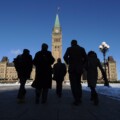
The Weekly Wrap: Three pressing questions as Parliament returns
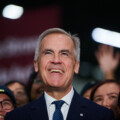
The Week in Polling: Canadians split on temporary foreign workers; Liberals slightly ahead of Conservatives nationally; Elbows are down on retaliatory tariffs
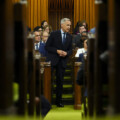
‘Where’s the beef’: The Roundtable on what the Carney government has to prove as Parliament returns
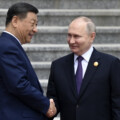
Robert J. Johnston: Russia and China’s gas mega-deal shouldn’t stop Canada

